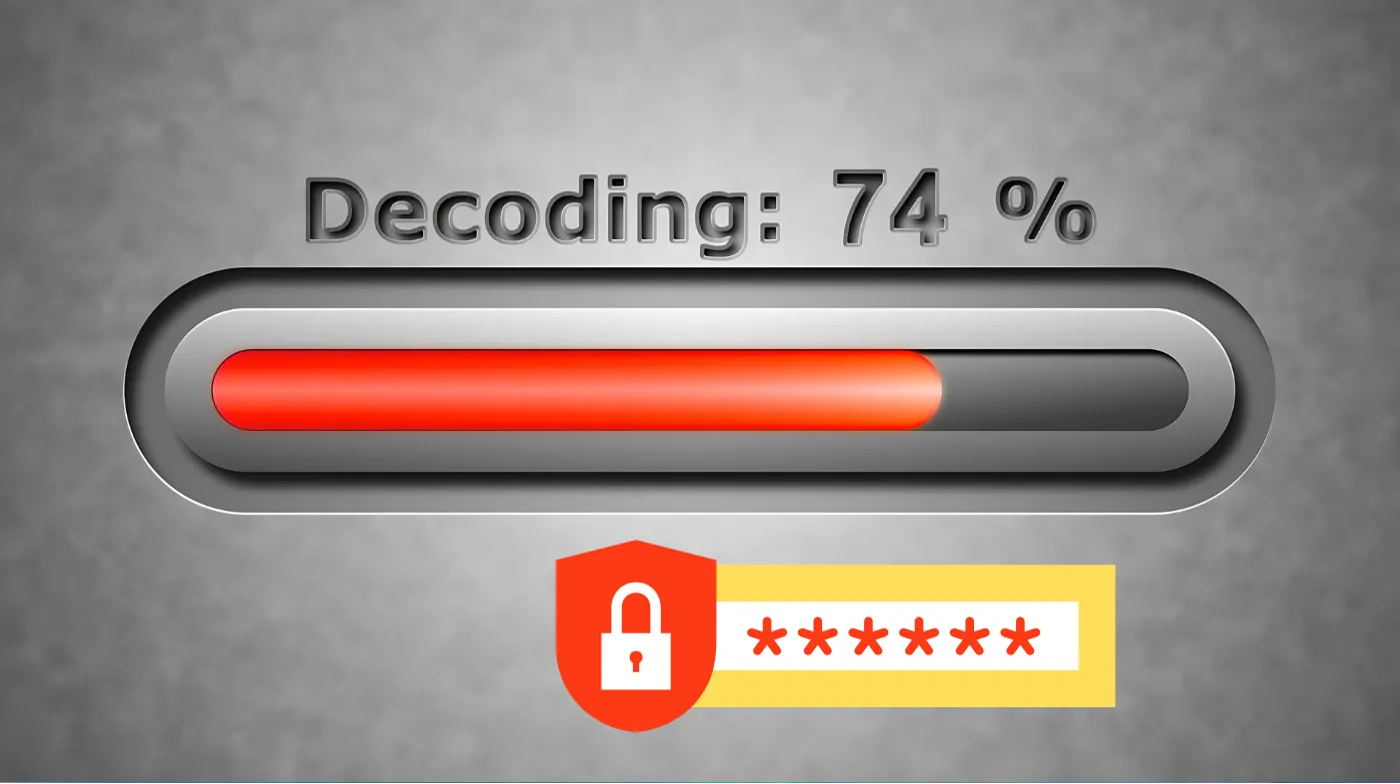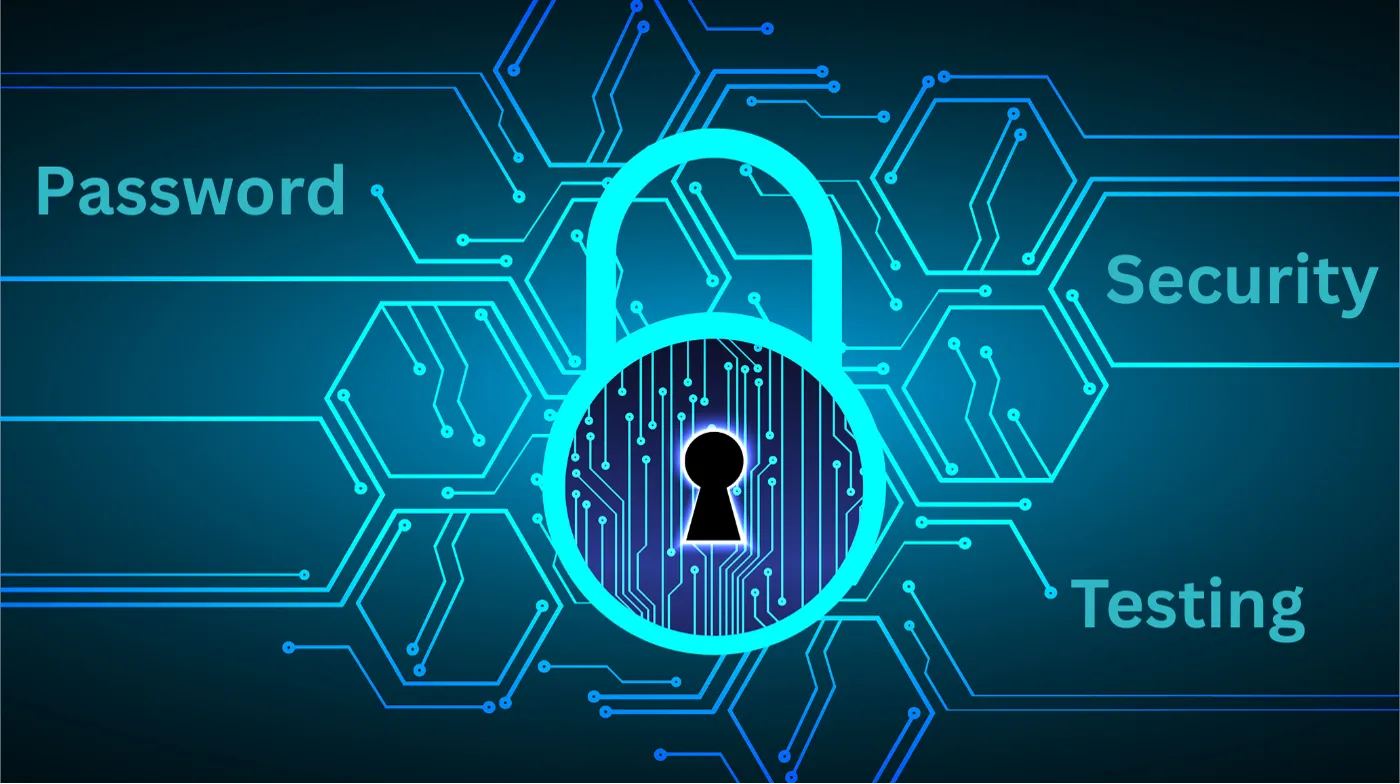
Password decoding represents the process of revealing, interpreting, or understanding encrypted passwords to assess their strength and security vulnerabilities. Understanding this process becomes crucial as cyber threats continue to evolve.
This comprehensive guide explores the technical aspects of password analysis, security best practices, and protective measures. You’ll discover how hackers attempt to decode passwords, learn advanced protection strategies, and master the art of creating unbreakable credentials.
By the end, you’ll possess the knowledge to transform your digital security from vulnerable to virtually impenetrable.
Understanding Password Decoding Fundamentals
Password decoding involves various techniques used to reveal or analyze password security. Cybercriminals employ sophisticated methods, including dictionary attacks, brute force attempts, and pattern recognition. These techniques exploit common user behaviors like using predictable patterns or reusing passwords across multiple accounts.
Encryption reversal represents another critical aspect of decoding. Some systems store passwords using reversible encryption methods, making them vulnerable to determined attackers. Understanding these vulnerabilities helps users make better security decisions.
Pattern analysis reveals how hackers identify weaknesses in password construction. Common substitutions like replacing “a” with ”@” or “e” with “3” follow predictable patterns that decoding software easily recognizes.
How Hackers Decode Your Passwords?
Dictionary attacks form the foundation of most password decoding attempts. Hackers use extensive databases containing millions of commonly used passwords, names, and dictionary words. These automated systems test thousands of combinations per second against your accounts.
Brute force methods systematically try every possible character combination. While time-consuming, these attacks become increasingly effective against shorter passwords. An 8-character password might take hours to crack, while a 12-character password could require decades.
Social engineering provides hackers with personal information that makes password decoding easier. Birthdays, pet names, and family information often appear in passwords, making them predictable targets for determined attackers.
Recognizing Vulnerable Password Patterns
Predictable substitutions create a false sense of security. Replacing letters with numbers or symbols doesn’t significantly improve password strength when following common patterns. Hackers’ decoding software anticipates these substitutions and tests them automatically.
Sequential characters like “123456” or “qwerty” represent the weakest password choices. These patterns appear in every hacker’s dictionary and get decoded within seconds. Keyboard proximity patterns also fall into this vulnerable category.
Personal information integration makes passwords vulnerable to targeted attacks. Using birthdays, names, or addresses creates predictable patterns that hackers exploit during the decoding process.
Advanced Decoding Techniques
Rainbow tables contain precomputed hash values for millions of potential passwords. These tables allow hackers to instantly decode hashed passwords without performing time-consuming calculations. Proper salting techniques help defend against rainbow table attacks.
Machine learning algorithms now power sophisticated password decoding systems. These systems learn from successful attacks and adapt their strategies based on user behavior patterns and emerging password trends.
Hybrid attacks combine multiple decoding techniques for maximum effectiveness. Hackers might start with dictionary attacks, then apply transformation rules, and finish with targeted brute force attempts on promising candidates.
Building Decode-Resistant Passwords
Length multiplication exponentially increases password security. Each additional character dramatically extends the time required for successful decoding. Random password generator tools create truly unpredictable combinations that resist all common decoding techniques.
Character diversity, incorporating uppercase letters, lowercase letters, numbers, and special characters, creates complexity that confounds decoding algorithms. The more character types included, the stronger your password becomes against automated attacks.
Uniqueness across accounts prevents cascade failures when one password gets decoded. Using different passwords for each account ensures that a single security breach doesn’t compromise your entire digital identity.
Testing Your Password Security

Strength evaluation tools help assess your password’s resistance to decoding attempts. A trusted password strength checker analyzes various factors, including length, complexity, and common pattern recognition, to provide accurate security ratings.
Breach verification services check whether your passwords have appeared in known data breaches. If your password exists in hacker databases, it’s already been decoded and should be changed immediately.
Real-time analysis provides instant feedback during password creation. These tools simulate decoding attempts and estimate how long your password would survive against various attack methods.
Professional Password Management
Enterprise solutions offer sophisticated password policies and automated management systems. These tools enforce strong password requirements and handle the complexity of maintaining unique credentials across multiple systems.
Multi-factor authentication adds layers beyond password security. Even if your password gets decoded, additional authentication factors prevent unauthorized access to your accounts.
Regular rotation schedules limit the window of vulnerability for any single password. Changing passwords periodically ensures that even successfully decoded credentials become useless over time.
Future-Proofing Against Decoding
Quantum computing threats represent the next evolution in password decoding capabilities. Current encryption methods may become vulnerable to quantum algorithms, requiring new approaches to password security.
Behavioral biometrics offer alternatives to traditional password systems. These methods analyze typing patterns, mouse movements, and other unique behavioral characteristics that cannot be easily decoded or replicated.
Zero-knowledge protocols eliminate the need for servers to store decodable password information. These systems verify credentials without exposing the actual password data to potential decoding attacks.
Frequently Asked Questions
How long does it take to decode a strong password?
Modern decoding techniques can crack weak passwords in seconds, but properly constructed strong passwords require centuries or millennia to decode using current technology. A 16-character password with mixed character types effectively resists all known decoding methods.
Can password managers be decoded by hackers?
Reputable password managers use military-grade encryption that makes decoding extremely difficult. Even if hackers access the encrypted data, the decoding process would require more computational power than currently available. The master password remains the critical security point.
What makes some passwords easier to decode than others?
Pattern predictability determines decoding difficulty. Passwords following common substitution patterns, containing dictionary words, or using personal information, can be decoded much faster than truly random character combinations. Length and character diversity also significantly impact decoding resistance.
Should I change passwords that haven’t been decoded yet?
Proactive password rotation provides security benefits even for uncompromised accounts. Regular changes limit exposure windows and ensure you’re using current security best practices. However, focus first on strengthening weak passwords and eliminating reused credentials across multiple accounts.
Secure Your Digital Future Today
Password decoding will continue evolving as both attack methods and defensive technologies advance. The key to staying protected lies in understanding these processes and implementing robust security measures before threats emerge.
Strong, unique passwords combined with proper management tools create formidable barriers against even sophisticated decoding attempts.
Start implementing these strategies today to build an impenetrable defense against tomorrow’s cyber threats. Your digital security depends on taking action now, not after your passwords have been decoded.
